The mastery of natural firestarters represents a crucial intersection of ancient wisdom and modern environmental consciousness.
These sustainable fire-making solutions draw upon readily available materials from our environment, offering reliable performance while maintaining ecological responsibility.
Understanding the science and application of natural firestarters enables both outdoor enthusiasts and survival experts to create dependable fire sources without relying on artificial chemicals or harmful substances.
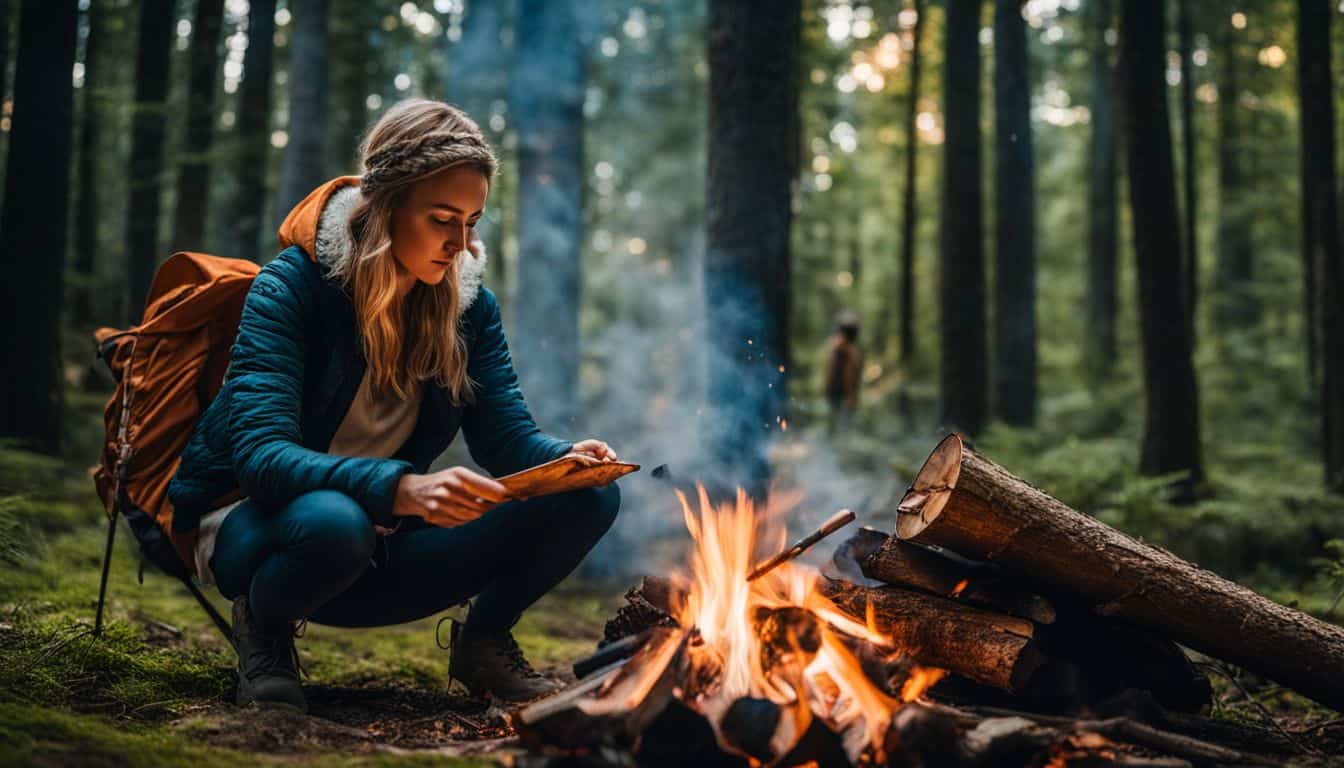
Table of Contents
- Understanding Natural Firestarters
- Scientific Principles of Natural Fire Starting
- Regional Adaptations and Material Selection
- Seasonal Considerations and Collection
- Advanced Processing and Preparation
- Environmental Stewardship and Sustainability
- Mastering Natural Fire Starting
- FAQ
- Why do my natural firestarters sometimes fail to ignite?
- What natural firestarters work best in wet conditions?
- How do I collect pine resin without harming trees?
- Which trees produce the most effective fire-starting materials?
- What’s the easiest natural firestarter for beginners?
- How long should I dry natural materials before use?
- Can I harvest firestarters in urban environments?
- What’s the smallest amount of natural material needed for fire?
- How do seasonal changes affect firestarter quality?
- Should I process materials immediately after collecting?
- What makes some tree bark better than others for fire starting?
- How do I maintain a sustainable harvesting rotation?
- What’s the best storage method for long-term preservation?
- How do different elevations affect natural firestarter performance?
- What emergency substitutes work when preferred materials aren’t available?
Understanding Natural Firestarters
The effectiveness of natural firestarters stems from their inherent chemical and physical properties. At their core, these materials contain complex organic compounds that facilitate combustion while providing sustained burning characteristics.
The most effective natural firestarters typically combine multiple elements that work in harmony to create and maintain fire.
Pine resin serves as a premier example of nature’s fire-starting capability. This sticky substance contains high concentrations of terpenes, organic compounds that ignite readily and burn with intense heat.
When pine resin is present in wood, particularly in fatwood, it creates an exceptionally effective natural firestarter that performs reliably even in challenging weather conditions.
Birch bark represents another remarkable natural firestarter. Its effectiveness comes from layers of betulin oil trapped between the bark’s papery layers.
This natural waterproofing agent allows birch bark to ignite and burn even when other materials are too wet for combustion. The bark’s layered structure also provides excellent surface area for oxygen circulation, enhancing its burning characteristics.
Scientific Principles of Natural Fire Starting
The combustion process of natural firestarters involves a complex interaction between cellulose, lignin, and various organic compounds. When heat is applied, these materials undergo pyrolysis, breaking down into more volatile compounds that readily combine with oxygen to produce flame.
Understanding this process helps in selecting and preparing the most effective materials.
Cedar wood contains volatile oils within its cellular structure that vaporize at relatively low temperatures. This characteristic makes cedar an excellent choice for initial ignition.
The wood’s natural oils create an aromatic smoke and quick-starting flame, while its cellular structure provides enough density to maintain combustion long enough to ignite larger materials.
For practical application, understanding the performance characteristics of different materials is crucial:
| Material Type | Ignition Speed | Burn Duration | Water Resistance | Best Weather Conditions |
|---|---|---|---|---|
| Pine Resin | Very Fast | 8-10 minutes | Excellent | All conditions |
| Birch Bark | Fast | 4-6 minutes | Very Good | Works in rain |
| Cedar Shavings | Immediate | 2-3 minutes | Poor | Dry conditions |
| Fatwood | Medium | 12-15 minutes | Excellent | All conditions |
| Dried Pine Needles | Fast | 1-2 minutes | Poor | Dry only |
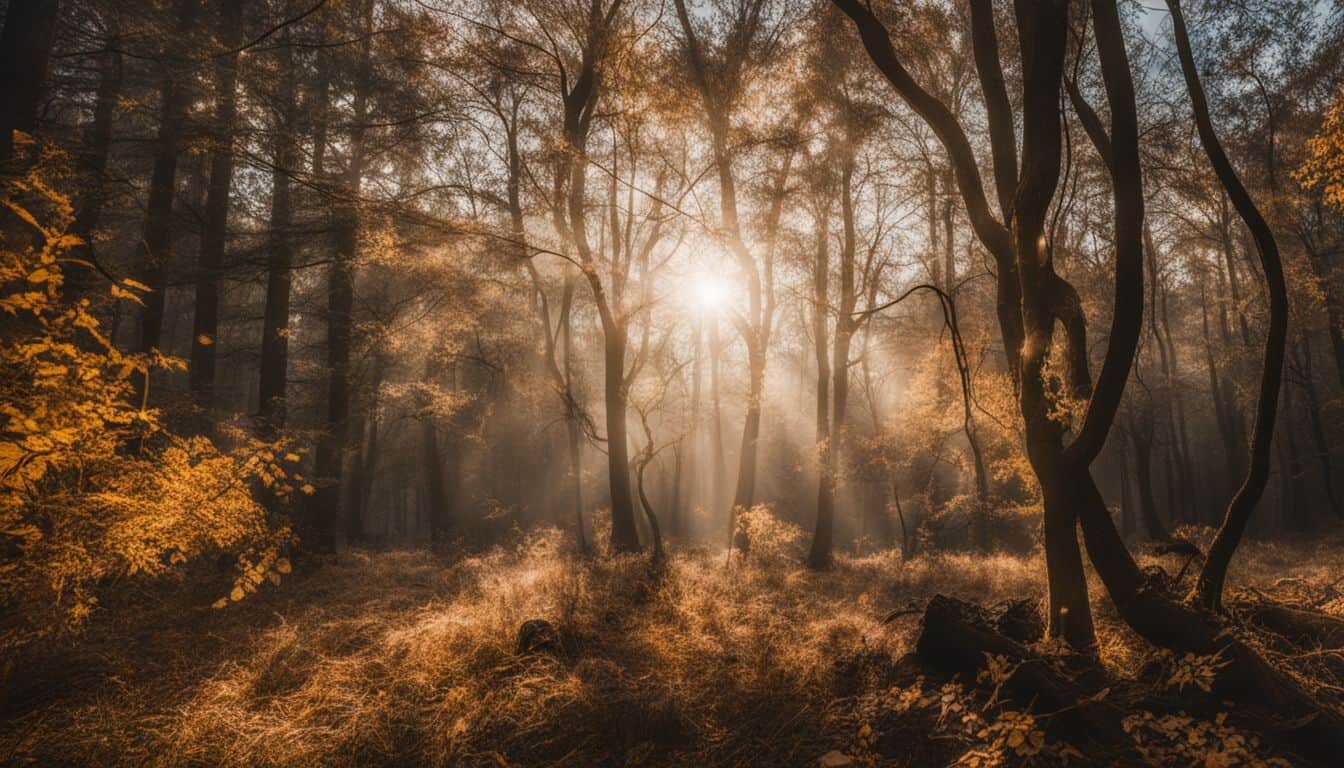
Regional Adaptations and Material Selection
Natural firestarter availability varies significantly by geographic region, requiring adaptability in material selection and preparation. In temperate forests, enthusiasts can rely on resin-rich conifers and paper-barked trees.
The Eastern White Pine produces copious amounts of resin, particularly in response to injury, creating natural collection points for this valuable resource.
Desert environments present unique opportunities for natural firestarters. The creosote bush, common in arid regions, contains flammable compounds in its stems and leaves.
These materials, when properly dried and prepared, create effective firestarters adapted to hot, dry conditions. Similarly, yucca plants provide fibrous materials that can be processed into excellent tinder.
Success in gathering materials largely depends on timing. Experienced foragers follow these optimal collection periods:
Best Collection Times:
- Spring: Fresh resin flows, new growth
- Summer: Morning hours before 10 AM (optimal resin content)
- Fall: Late afternoon (lowest moisture content)
- Winter: Mid-day (when materials are driest)
Seasonal Considerations and Collection
The timing of material collection significantly impacts the effectiveness of natural firestarters. Spring brings fresh resin flows in conifers, making it an ideal time to collect this valuable resource.
The process requires patience and careful technique to avoid damaging trees while maximizing collection efficiency.
Summer offers optimal conditions for gathering and drying materials. The intense sunlight and lower humidity levels create perfect conditions for preparing materials like grasses, bark, and small twigs.
These materials should be collected during dry periods and stored properly to maintain their fire-starting properties.
Advanced Processing and Preparation
Proper processing transforms good materials into exceptional firestarters. The key lies in understanding how to preserve and enhance the natural properties of each material.
For resinous woods, careful splitting along the grain exposes the maximum amount of resin-rich surface area. This technique significantly improves both ignition speed and burning duration.
Creating effective combinations of materials often yields superior results. Mixing fine, quick-igniting materials with denser, longer-burning substances creates firestarters that bridge the gap between initial ignition and sustained combustion.
This layered approach ensures reliable fire starting across various conditions.
Environmental Stewardship and Sustainability
Responsible collection practices ensure the continued availability of natural firestarters while preserving ecosystem health. This involves understanding the impact of harvesting on local environments and implementing rotation systems for collection areas.
Focusing on already-fallen materials and avoiding live tree damage helps maintain forest health.
The sustainable use of natural firestarters extends beyond collection to actual fire-making practices. Building appropriately sized fires, using efficient burning techniques, and properly extinguishing flames all contribute to environmental protection.
These practices minimize impact while maximizing the utility of collected materials.
Mastering Natural Fire Starting
Success with natural firestarters requires practice with different fire starters and attention to detail. Understanding how different materials respond to varying weather conditions enables adaptability in fire-starting techniques.
For instance, in wet conditions, focusing on the inner layers of birch bark or the heart of fatwood provides reliable ignition sources when other materials fail.
The key to mastering natural fire starting lies in developing a deep understanding of material properties combined with practical experience. This knowledge allows practitioners to select and prepare the most effective materials for any given situation while maintaining environmental responsibility and ensuring sustainable practices for future generations.
FAQ
Why do my natural firestarters sometimes fail to ignite?
Moisture content blocks successful ignition in natural materials. Environmental humidity and improper storage often introduce dampness into fibers. Successful ignition requires materials with less than 20% moisture content and proper airflow during the starting process.
What natural firestarters work best in wet conditions?
Birch bark and fatwood maintain effectiveness even in rain due to their natural oil content. Birch bark’s papery layers trap betulin oil, creating a waterproof barrier. Fatwood’s concentrated resin content resists moisture penetration and ignites reliably in challenging weather.
How do I collect pine resin without harming trees?
Gather resin from existing tree wounds or natural seepage points where the tree has already created protective barriers. Look for crystallized resin deposits on the trunk’s surface during warm mornings when resin flows freely. Collect from fallen branches and stumps to maintain forest health.
Which trees produce the most effective fire-starting materials?
Pine trees offer resin-rich wood and needles that ignite quickly and burn hot. Birch provides papery bark containing natural oils perfect for wet conditions. Cedar’s aromatic wood creates fine shavings that catch spark easily and produce sustained flames.
What’s the easiest natural firestarter for beginners?
Cedar shavings provide the most reliable results for novice fire starters. Their fine texture creates maximum surface area for oxygen flow. The natural oils in cedar ignite quickly and produce enough heat to ignite larger materials.
How long should I dry natural materials before use?
Sun-dry materials for 48 hours in a well-ventilated area. Position materials off the ground on a drying rack for optimal airflow. Check readiness by testing small pieces – they should snap cleanly when bent.
Can I harvest firestarters in urban environments?
City parks and green spaces offer abundant fire-starting materials throughout the year. Look for fallen pine cones, dry leaves, and bark near maintained tree areas. Urban conifers often produce more resin due to stress, creating excellent collection opportunities.
What’s the smallest amount of natural material needed for fire?
A palm-sized amount of processed material creates an effective fire base. Combine fine materials for initial ignition with slightly larger pieces for sustained burning. Proper preparation matters more than quantity when materials are correctly processed.
How do seasonal changes affect firestarter quality?
Summer materials contain less moisture and higher concentrations of natural oils. Spring offers fresh resin flows and new growth. Fall provides dry materials ready for immediate use. Winter requires additional drying time but offers denser, resin-rich wood.
Should I process materials immediately after collecting?
Process materials while fresh to capture peak oil content and natural properties. Immediate processing prevents moisture buildup and mold growth. Create a variety of sizes during processing to support different fire-starting needs.
What makes some tree bark better than others for fire starting?
Papery bark contains concentrated oils and resins between its layers. Multiple thin layers create natural air pockets that enhance combustion. The structure allows for easy separation into fine pieces while maintaining waterproof properties.
How do I maintain a sustainable harvesting rotation?
Visit different collection sites monthly to prevent resource depletion. Focus on gathering already-fallen materials and limiting impact on living trees. Document collection areas to track recovery and maintain healthy ecosystems.
What’s the best storage method for long-term preservation?
Paper bags allow materials to breathe while protecting from moisture. Store in elevated, dry locations away from ground contact and humidity. Label containers with collection dates and material types for organized access.
How do different elevations affect natural firestarter performance?
Higher elevations reduce oxygen availability, requiring longer ignition times. Adjust material preparation by creating finer pieces above 5,000 feet. Consider carrying multiple firestarter types for reliable performance at various altitudes.
What emergency substitutes work when preferred materials aren’t available?
Dry grasses, small twigs, and plant fibers provide reliable alternatives in most environments. Search for materials with low moisture content and high surface area. Focus on dead, standing materials which typically contain less moisture than ground materials.
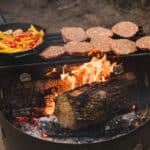
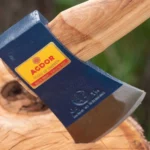


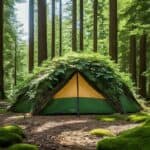
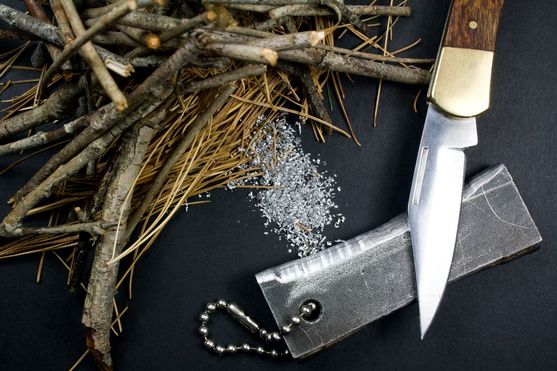
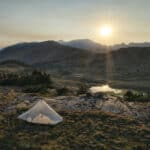
Leave a Reply